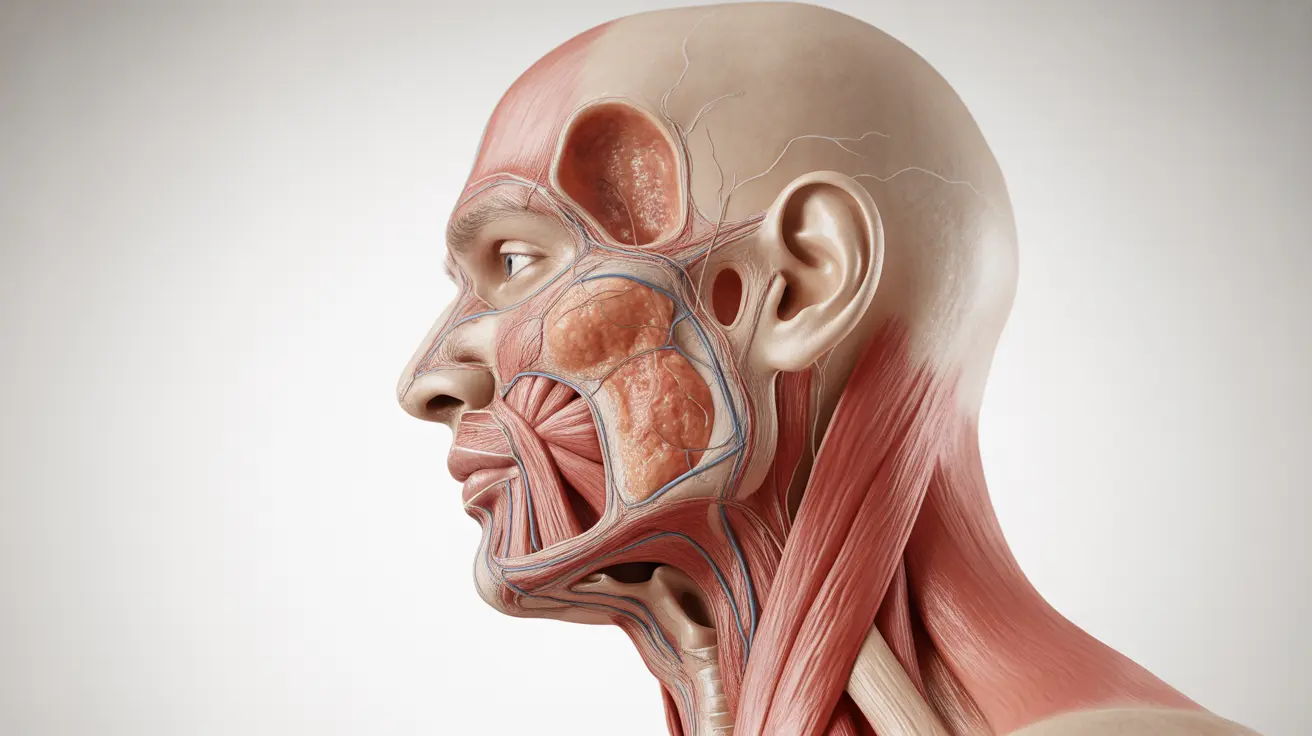Nicotine gum is a proven smoking cessation aid that can significantly increase your chances of quitting smoking successfully. Understanding how to use this medication properly is crucial for maximizing its effectiveness and minimizing potential side effects. This comprehensive guide will walk you through everything you need to know about using nicotine gum safely and effectively.
Understanding the Basics of Nicotine Gum
Nicotine gum is an over-the-counter nicotine replacement therapy (NRT) that helps manage cigarette cravings by delivering controlled amounts of nicotine into your system. Unlike regular chewing gum, nicotine gum requires a specific technique to release the medication effectively and provide the best results for smoking cessation.
The Proper "Chew and Park" Technique
The success of nicotine gum therapy largely depends on using the correct technique, known as "chew and park." Here's how to do it properly:
- Chew the gum slowly until you notice a tingling sensation or peppery taste
- "Park" the gum between your cheek and gum for about a minute
- When the tingling fades, chew a few more times
- Park it again in a different spot
- Continue this process for about 30 minutes
Following this method ensures optimal nicotine absorption through the lining of your mouth while preventing side effects like hiccups and stomach upset.
Dosage Guidelines and Daily Usage
The appropriate dosage of nicotine gum depends on your current smoking habits. If you smoke your first cigarette within 30 minutes of waking up, start with the 4mg strength. Otherwise, the 2mg strength should be sufficient.
Recommended Schedule
- Week 1-6: 1 piece every 1-2 hours
- Week 7-9: 1 piece every 2-4 hours
- Week 10-12: 1 piece every 4-8 hours
Don't exceed 24 pieces per day of 2mg gum or 20 pieces of 4mg gum. Gradually reduce usage over 12 weeks to minimize withdrawal symptoms.
Food and Drink Considerations
Certain foods and beverages can interfere with nicotine absorption and potentially reduce the effectiveness of the gum. To maximize benefits:
- Avoid eating and drinking (except water) for 15 minutes before use
- Skip acidic beverages like coffee, juice, and soft drinks for 15 minutes before and during use
- Wait 15 minutes after consuming any food or beverage before using the gum
Safety Precautions and Side Effects
While nicotine gum is generally safe when used as directed, be aware of potential side effects:
- Jaw soreness
- Mouth irritation
- Hiccups
- Nausea
- Excess saliva
To minimize these effects, use proper technique and don't chew the gum like regular gum. If side effects persist or worsen, consult your healthcare provider.
Important Considerations and Contraindications
Certain individuals should consult their healthcare provider before using nicotine gum, including:
- Pregnant or nursing women
- People with heart conditions
- Those with dental work or TMJ issues
- Individuals with stomach ulcers
- People taking certain medications
Frequently Asked Questions
How do I properly use nicotine gum to quit smoking and why is the "chew and park" method important? The "chew and park" method ensures proper nicotine absorption through the mouth's lining. Chew until you feel a tingle, then park the gum between your cheek and gum. This technique prevents stomach upset and maximizes effectiveness.
What is the recommended dosing schedule for nicotine gum and how many pieces should I use per day? Start with one piece every 1-2 hours for weeks 1-6, then gradually decrease frequency. Don't exceed 24 pieces of 2mg gum or 20 pieces of 4mg gum daily. The full treatment typically lasts 12 weeks.
Can I eat or drink while using nicotine gum, and what foods or drinks should I avoid? Avoid eating and drinking (except water) 15 minutes before and during use. Acidic beverages like coffee, juice, and soft drinks can reduce effectiveness, so wait 15 minutes after consuming these before using the gum.
What are common side effects of nicotine gum and how can I prevent overdose? Common side effects include jaw soreness, hiccups, and nausea. Prevent overdose by following recommended dosages and using proper technique. Stop use and seek medical attention if you experience symptoms like rapid heartbeat or severe dizziness.
Who should avoid using nicotine gum or consult a doctor before starting it? Pregnant women, people with heart conditions, those with dental work or TMJ issues, and individuals with stomach ulcers should consult their healthcare provider before using nicotine gum. Also seek medical advice if you're taking prescription medications.




